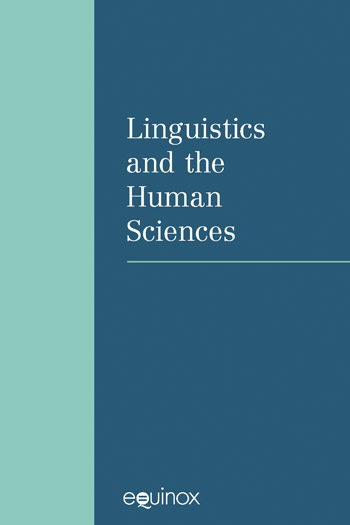Systemic Functional Linguistics and the Logical Metafunction
Jonathan J. Webster [+–]
City University of Hong Kong
The logical and experiential sub-components of the ideational metafunction enable our construal of experience. Options from both ideational sub-components are interrelated. Logical relations are typically ‘univariate’ (lineally recursive) structures which can be expanded indefinitely, by either elaboration, enhancement, extension or projection. elaborating gives additional detail by way of description and exemplification. Enhancement informs as to circumstance, such as where, when and why. Clauses can also be extended through alternation, addition, apposition. Additionally, one clause projects another as in speech or thought. The relations between clauses combined through elaboration, extension, enhancement or projection may be symmetrical (paratactic) or asymmetrical (hypotactic). Parataxis symmetrically joins two like elements of equal status. Hypotaxis, on the other hand, related elements a symmetrically through dependence. Parataxis and hypotaxis not only describe relations between clauses at the level of clause-complex, but also apply to functionally significant text spans further up the hierarchy leading to the text as a whole.
Based on their investigation into the rhetorical structure of texts, William C. Mann, Sandra Thompson and Christian Matthiessen concluded that text structure may be better understood as pairs of regions of text which are related in some way. Their approach, known as Rhetorical Structure Theory (RST), complements the clausal orientation of systemic-functional grammar by investigating the logical relations that occur between functionally-significant text spans at clause level and above. These logical relations play a significant role in contributing to the texture and architeXture of the text. one aspect of texture is cohesion, which deals with how successive sentences are integrated to form a whole, ie. inter-sentence texture. The other aspect of texture has to do with fit to context, or those choices based on what the speaker wants to say (Theme), and those choices related to the flow of information (Given-New), ie. intra-sentence texture. the text as semantic unit with its own distinctive ‘architeXture’, ie. the hierarchical representation of logically related text spans from clause to text as a whole, reveals the coherent structuring of the text.
£24.95 / $32.00
Institutional
£75.00 / $100.00







